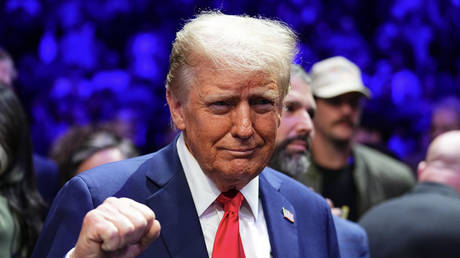ARTICLE AD BOX
Indian and Chinese troops have "almost completed" disengagement in the Depsang and Demchok areas of eastern Ladakh, defence sources told news agency ANI Tuesday. Both sides are now cross-verifying removal of military personnel and infrastructure in these regions, sources said.
The deadline to complete military disengagement was today, i.e., October 29.
The two countries last week agreed a patrolling agreement that will, hopefully, end nearly four years of military and diplomatic tension triggered by skirmishes and violent clashes in the Pangong Lake and Galwan regions in May-June 2020; these included the death of 20 Indian soldiers in the latter.
Under this agreement both sides will fall back to pre-April 2020 positions.
However, Delhi and Beijing will each continue to have surveillance options in Depsang and Demchok, and will inform the other prior to stepping out on patrol "to avoid any miscommunication".
NDTV Explains | India-China Border Patrol Deal: What Is It, Why Is It Important
Also, on-ground military commanders will continue to have regular meetings, sources said.
Depsang, Demchok Disengagement Pics
Last week NDTV accessed the first satellite images of the disengagement process.
The agreement was announced on Monday and, on the following Monday, a satellite image from the Depsang plains - from the 'Y' Junction - showed four vehicles and two tents.
NDTV Exclusive | 1st Images Of Chinese Troops' Disengagement In Ladakh
A second image, taken four days later, showed Indian military tents taken down and vehicles moving away, while images from Demchok showed temporary Chinese structures removed by October 25.
"Trying To Restore Trust"
On the disengagement process Army Chief General Upendra Dwivedi said this week the Indian military is "trying to restore trust" in its Chinese counterpart.
"This (rebuilding of trust) will happen once we are able to see each other, and convince and reassure each other, that we are not creeping into buffer zones that have been created," the General said.
READ | "Trying To Restore Trust": Army Chief On India-China Patrolling Deal
De-escalation of military tension in the area will be taken up after disengagement is over.
External Affairs Minister S Jaishankar declined to give a timeline for the de-escalation, saying only it would not happen till Delhi is sure that its Beijing counterparts had honoured their side of the deal.
READ | Troops' Disengagement First, De-Escalation Next: S Jaishankar
De-escalation is still a concern in other areas, including the Gogra-Hot Springs area in Ladakh, after Indian and Chinese forces backed down in September last year. However, intel indicates China continues to hold large swathes of Indian territory to the north, in the Depsang plains area.
Depsang is seen as critical for India since it provides access to the airstrip at Daulat Beg Oldie and prevents Chinese troops from threatening vital logistics centres in the area. Demchok, meanwhile is divided in two by the LAC; India controls the western part, which is claimed by China.
"After de-escalation, how to manage the borders will be discussed," he said in Mumbai.
READ | PM Modi, Xi Welcome "Complete Disengagement" Along LAC
The India-China patrolling agreement was announced hours before Prime Minister Narendra Modi's visit to Russia for the BRICS summit where he would hold a bilateral with China's Xi Jinping.
Speaking after it was confirmed, Mr Modi told the Chinese leader, "It should be our priority to ensure there is peace and stability along our border", and stressed the need for "mutual trust, mutual respect".
NDTV is now available on WhatsApp channels. Click on the link to get all the latest updates from NDTV on your chat.
.png)
 3 weeks ago
1
3 weeks ago
1








 English (US)
English (US)